Dermal Fillers and Facial Contouring
- Healand

- Jul 16
- 4 min read
Updated: Jul 18

According to the latest data, approximately 20 to 25 million dermal filler treatments are performed worldwide each year. Of that number, around 1.5 to 2 million treatments are carried out in the UK alone.
And the rise in demand can be attributed to the natural changes our bodies undergo as we age. Simply put, as we grow older, our bodies’ natural ability to produce an adequate amount of collagen and elastin (two proteins responsible for keeping our skin supple and plump) declines. Due to this decline, our faces begin to lose volume, leading to wrinkles, hollow cheeks, and a more aged appearance. Since dermal fillers are known for their ability to restore volume, they can help restore a youthful, plump appearance.
But dermal fillers go far beyond simply “filling in the gaps.” They can be used in a variety of areas and for multiple purposes, from enhancing cheek volume and addressing sunken eyes to defining lip contours and volume, shaping jawlines, reshaping chins, and even performing
non-surgical rhinoplasties.
How Dermal Fillers Have Evolved Over Time
The concept of restoring lost volume to reverse the signs of ageing dates back centuries. However, it was not until 1893 that German surgeon Dr Franz Neuber was credited with the first recorded use of autologous fat transfer (using a patient’s own fat) to correct facial defects. Around the same time, experiments with paraffin wax injections were also conducted, although they proved largely unsuccessful and potentially hazardous.
Liquid silicone injections started to gain popularity in the mid-20th century (circa 1940s to 1970s) for both reconstructive and cosmetic purposes, particularly in the U.S. and Japan. However, complications such as migration and inflammation led to regulatory crackdowns.
In 1981, the advent of bovine collagen marked a new era, with the launch of Zyderm, the first FDA-approved cosmetic injectable filler. It provided a relatively safe and effective solution for treating fine lines and wrinkles, although allergy testing was required, and the results were temporary.
Then came the late 1990s, which saw the introduction of non-animal stabilised hyaluronic acid (NASHA) fillers, such as Restylane (approved in the U.S. in 2003). Since then, fillers have continued to improve, becoming even safer, more advanced, longer-lasting, and increasingly versatile in their applications.
The Difference Between Fillers And Botox
Both dermal fillers and Botox are popular treatments for reducing the appearance of fine lines and wrinkles, but they work in very different ways.
Dermal fillers are formulated with a gel-like substance that aims to restore lost volume, making them ideal for plumping areas such as the cheeks, lips, and around the mouth (i.e., the areas that naturally lose fullness with age).
Botox, on the other hand, is derived from purified bacteria and works by temporarily relaxing targeted muscles. This helps soften expression lines, such as crow’s feet, frown lines, and forehead creases. It is not intended for volumising purposes.
What Fillers Can Do For Your Face
Restore Lost Volume
As we have learned above, one of the most common and noticeable signs of ageing is volume loss. Generally, facial volume reduction typically starts in our mid-20s, with a 1% decrease in our collagen production each year. By the time we reach 40, we may have lost about 24% of the collagen in our skin. For women, this decline speeds up, especially during the first few years of menopause, when collagen production drops by around 30%.
After menopause, the rate of decrease continues at about 2% per year. This can lead to hollow cheeks, sunken temples, and a more gaunt or tired appearance, all of which dermal fillers can help address. Fillers can also help soften facial lines and creases, such as smile lines (nasolabial folds), marionette lines around the mouth, and vertical lip lines.
Facial Contouring
For those who desire improved facial symmetry or contour but wish to avoid invasive surgery, dermal fillers offer a customisable and immediate solution. They can be used to enhance your natural features, be it reshaping the nose, lips, chin, or cheeks.
Lip fillers are among the most sought-after uses of dermal fillers worldwide. It is estimated that approximately 400,000 to 500,000 people in the UK receive lip filler treatments each year. Whether you are looking to restore lost volume due to ageing or simply enhance your natural lip shape, dermal fillers and modern techniques can help add subtle volume for a more natural, symmetrical, and desired look.
Strategic filler placement can also help lift the lower face to support drooping tissues and improve definition in the jawline, chin, and mouth area. However, fillers can combat ageing issues in the upper face as well to help revitalise the under-eye area (i.e. dark circles and hollowness under the eyes).
One Last Thing
Dermal fillers offer more than just wrinkle reduction, they are a sophisticated, non-invasive solution for facial rejuvenation and enhancement.
Depending on the area treated and the product used, results can last from six months to over a year. Whether you are in your 20s and looking to define your features, or in your 50s seeking to restore lost volume and lift, fillers can be a powerful tool in the hands of a trained aesthetic professional and your secret weapon to a refreshed, youthful, and naturally beautiful face.
Just remember, even though dermal fillers are generally considered safe when administered by a qualified healthcare professional, receiving treatment at an unregulated clinic can cause serious harm if done incorrectly. That is why, at Healand, we adhere to the highest safety standards to ensure the well-being and safety of all our patients.



